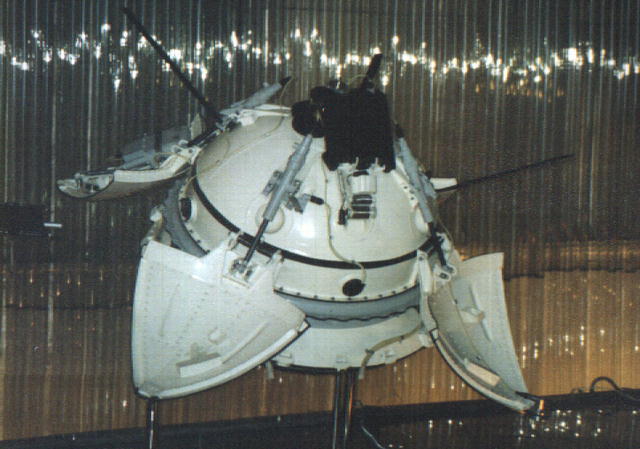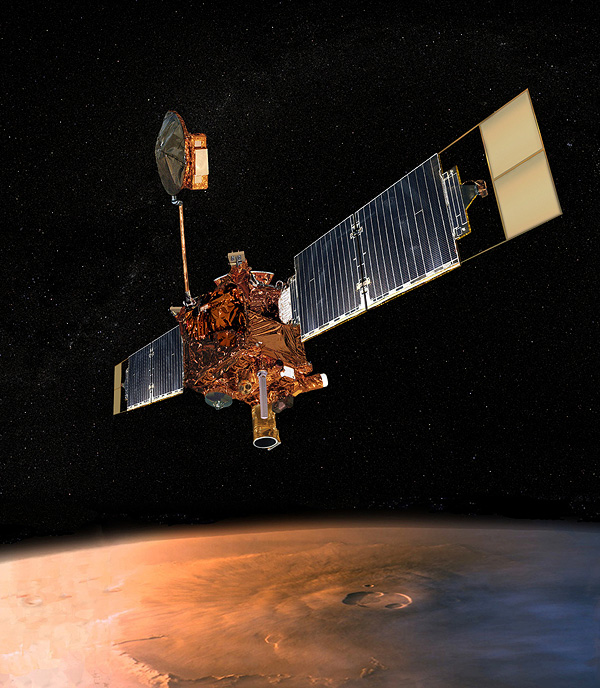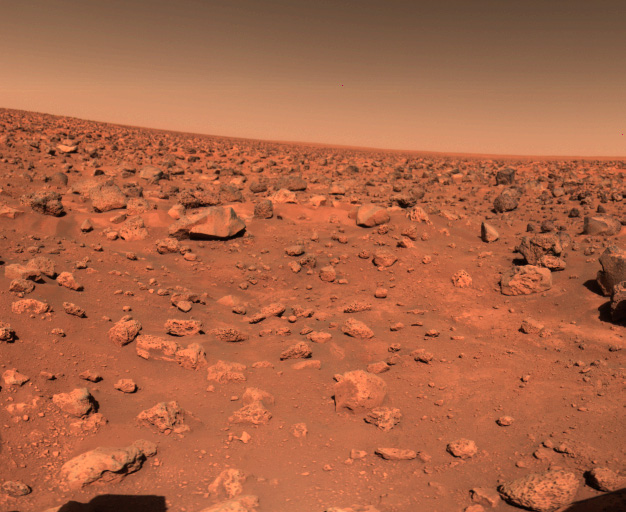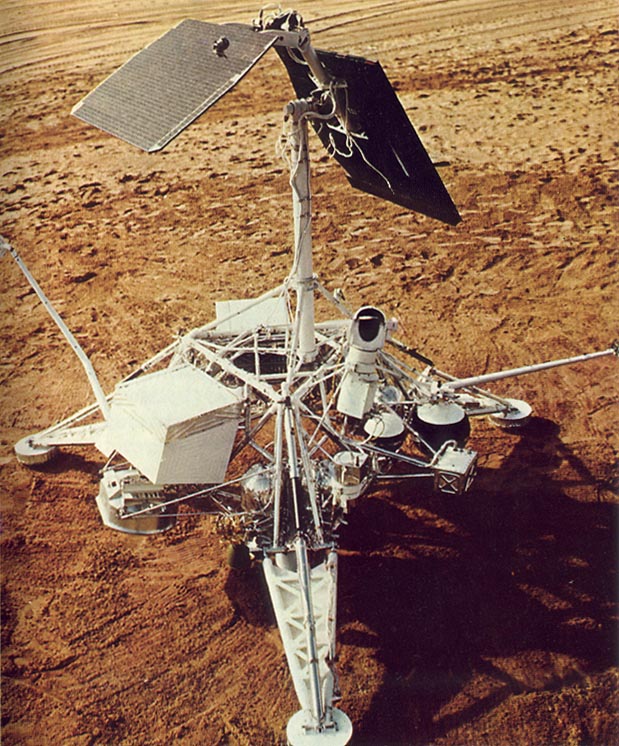As we get ready for the landing of the Curiosity rover, a bit of space history: 5 years ago today — August 4, 2007 — a Delta II rocket launched from Cape Canaveral carrying the Phoenix Mars Lander.
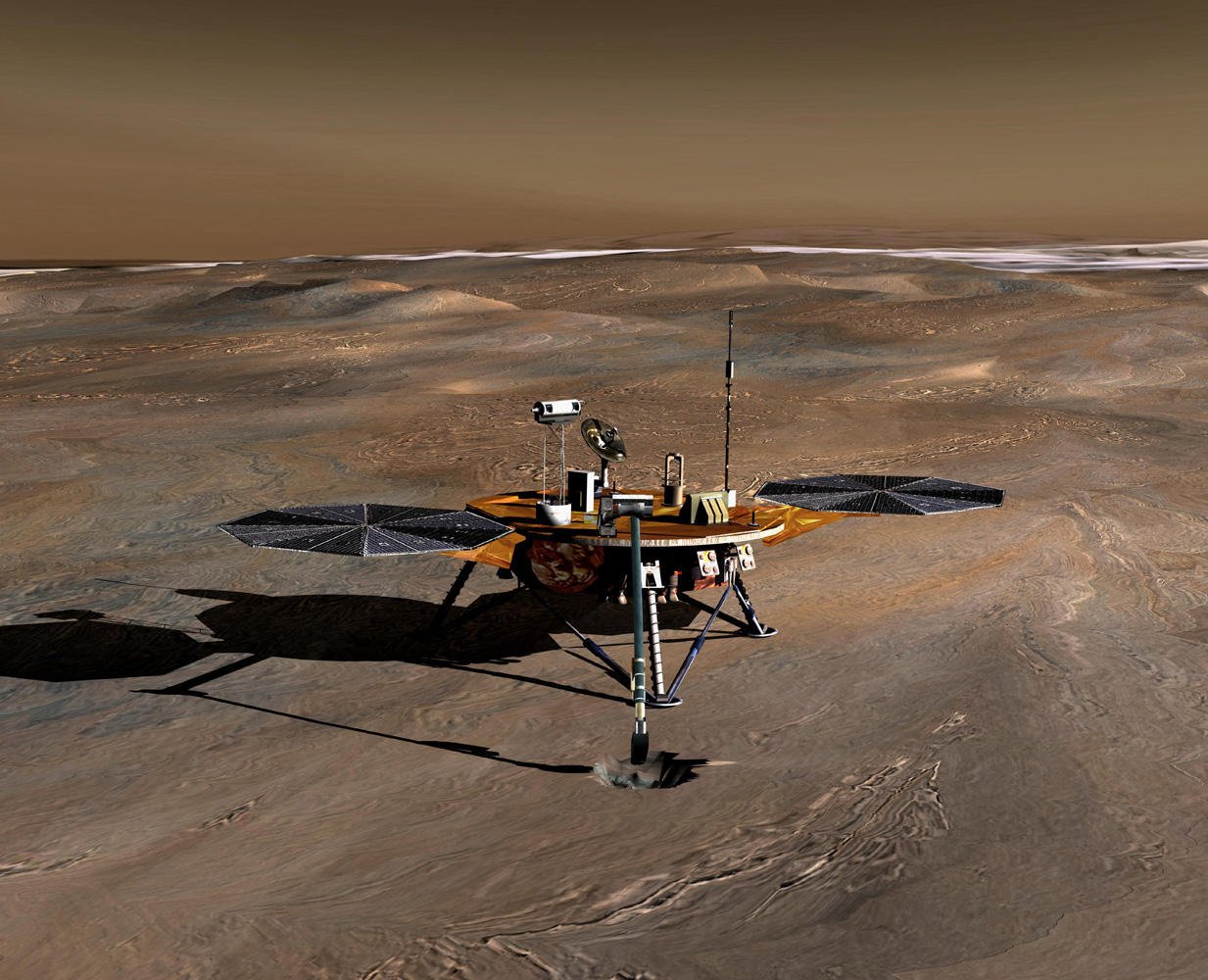
(Phoenix Mars Lander. NASA conceptual image.)
The Phoenix was designed to analyze soil samples dug from below the Martian surface. It landed in Mars’ north polar region on 25 May 2008:
Fourteen minutes before touchdown, and about 7 minutes before atmospheric entry (defined as reaching an altitude of 125 km) the cruise stage was jettisoned. The spacecraft entered the atmosphere and the heat shield initially slowed the craft. After about 3 minutes the parachute deployed, followed by ejection of the heat shield 15 seconds later, deployment of landing legs 10 seconds after that, and radar activation 50 seconds later. At 1 km altitude the parachute was released and a powered descent and soft-landing was achieved using a pulsed propulsion system with 8 thrusters, which turned off when footpad sensors detected touchdown.
In terms of the Martian year, the spacecraft landed near the summer solstice, at a high enough latitude that the sun would be above the horizon for several more months. This provided ample power through the summer months, but ensured that when winter came the craft would not be able to replenish its batteries. As a result, the mission came to an end when the lander sent its last transmission on 2 November 2008. And according to this mission page, Mars Reconnaissance Orbiter images taken in 2010 showed that winter snow and ice damaged the lander’s solar panels.
Phoenix confirmed the presence of water ice on Mars, and also determined that the Martian soil is moderately alkaline.
And as we post this, the Mars Science Laboratory, Curiosity, is on course for the red planet. We look forward to the landing, and some new discoveries!



 by
by 









